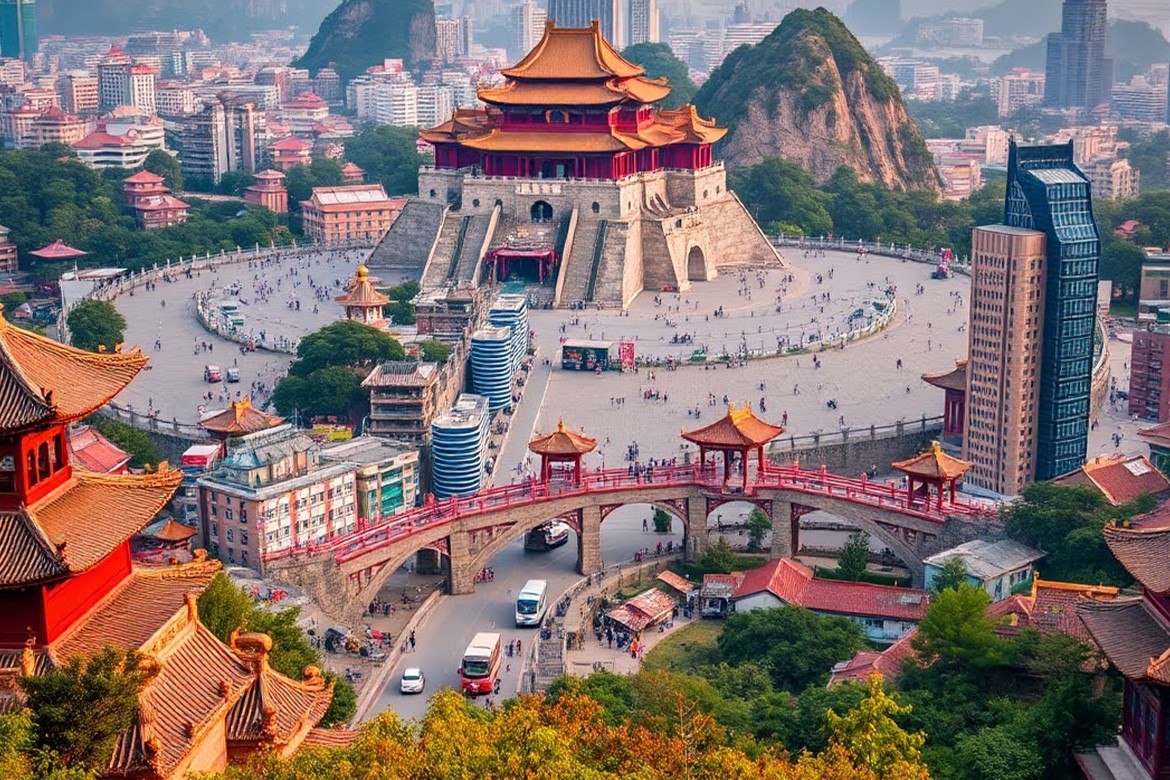China’s growing influence in global tourism is shaking up the travel world in ways few could have imagined just a decade ago. Think about it: the impact of millions of Chinese travelers showing up in cities around the globe has not only changed how tourism looks and feels but also how entire economies function.
So, why exactly has China become such a big deal in global tourism? A huge part of it comes down to China’s rapidly expanding middle class. Millions of people with extra money to spend and a growing curiosity about the world beyond their borders. Just a couple of decades ago, international travel was mostly a luxury, reserved for a small elite in China. But now? More and more families, young professionals, and retirees have the means and the itch to explore, creating one of the world’s biggest and most impactful waves of travelers.
Chinese tourists are also known for being big spenders. For a lot of them, travel isn’t just about sightseeing—it’s about shopping, dining, and experiencing something they can’t find back home. In fact, they often top the list when it comes to spending per trip. You can see the ripple effect of this spending in places like Paris, where luxury shops cater specifically to Chinese shoppers, and in Tokyo, where you’ll find Mandarin-speaking staff in popular districts. Countries have even adapted their payment systems, welcoming apps like Alipay and WeChat Pay to make transactions smoother for these tourists. It’s wild to think about how much influence one group can have on so many aspects of travel and retail.
But it’s not just the luxury shops and big cities that benefit. Chinese tourists have expanded their horizons beyond the obvious destinations. Sure, Hong Kong, Macau, and Thailand are still favorites, but with more options and fewer travel restrictions, more Chinese travelers are exploring Europe, North America, and even Africa. A trip to the Eiffel Tower, a stroll through Times Square, or a view of the Sydney Opera House? These are no longer just dreams but real experiences for millions of Chinese people each year. And the tourism boards in these places have noticed. Museums in London offer Mandarin audio guides, and attractions in the U.S. and Europe often have signage in Chinese. It’s become clear that attracting Chinese tourists has gone from being a bonus to an essential strategy.
What’s also interesting is how Chinese travel habits are evolving. While sightseeing and snapping pictures at famous spots used to be the main agenda, there’s a growing interest in experiences that go a little deeper. More Chinese tourists are looking to connect with the culture of the places they visit, rather than just ticking off a checklist of attractions. For instance, in Italy, cooking classes have become popular with Chinese visitors eager to learn the secrets of authentic pasta and pizza. In Japan, activities like tea ceremonies and the tradition of viewing cherry blossoms draw in travelers who want a closer look at Japanese culture. And let’s be honest—this shift from “see it all” to “experience it fully” isn’t just happening with Chinese tourists. It’s a reflection of a global trend where travelers are craving meaningful, immersive experiences.
Of course, with this influx of travelers comes a few challenges. Popular tourist spots can get overcrowded, and managing these crowds isn’t always easy. For locals in places like Bali or Venice, the crowds sometimes feel overwhelming, leading to questions about how much tourism is too much. Plus, the COVID-19 pandemic showed us what happens when a destination relies too heavily on one group of tourists. When Chinese travelers suddenly couldn’t go abroad, places that had come to count on them, like Thailand, felt the absence deeply. It was a reminder that as valuable as this tourism wave is, diversification is key to a healthy, resilient tourism industry.
There’s no doubt that China’s role in tourism will keep evolving. There’s talk of rural tourism picking up, with more Chinese tourists interested in exploring natural landscapes and small towns both within and beyond China. With infrastructure like high-speed rail making it easier to get around domestically, we might see a rise in Chinese tourists exploring more off-the-beaten-path destinations internationally, too. And as the industry grows, so does the need for sustainable practices that ensure these beautiful places can be enjoyed for generations to come.




